It might seem early with the 2015 season still underway, but I’m beginning to get things in place for winter training and indeed my 2016’s events. Why you might ask? Well, I want to finish this season, have a short rest then crack on. I don’t want to start training for next year and then find I need to spend time and energy sorting out any equipment issues or making major technical changes – I just want to settle into my training programme and use the gear I’m going to be racing with next season so everything is familiar and thoroughly tested.
With that in mind, I recently spent an afternoon with Podiatrist and top man Paul Donnelly at the Foot Function Centre – a truly super resource that I’m lucky to have access to. We were testing out a number of different running shoes, aiming to identify those suitable for both short and longer distances running and triathlon events.
Massive thanks to Neil Featherby at Sportlink in Norwich who kindly provided some sound advice and shoes to test – another great supporter of Tri Team Dawson!
On test were the following ‘possibles’:-
- Brooks T7 Racer
- Adidas Ultra Boost
- New Balance Exclusive Vazee Rush
- New Balance 880 V4
Initial thoughts: Although at completely different ends of the spectrum in terms of run shoes, I’d read good reviews of both the Brooks and Adidas offerings. The only potential concern being the latter’s durability. I’d previously never ran in any New Balance shoes but they looked good too. All were neutral shoes since I use custom orthotics supplied by the Foot Function Centre.
Process: Each shoe was tested in turn. Paul analysed the data including impact forces, foot placement and gait pattern recorded by force plates hidden in the lab’s runway and footage from high-speed cameras. I then added some subjective feedback based on how the shoes actually felt to run in and fit etc.
Results: Despite the varying design, weight and intended use, all of the shoes came out pretty well in the tests. Here’s a bit more detail: –
Brooks t7 – This was the lightest shoe on test at just 180g. I used a UK size 8 where I often have a 7.5 in other brands. The unisex sizing was still snug width-wise but not uncomfortable with a flexible upper to compensate. It felt fast but slightly harsh to run in, although not as bad as expected. There is actually a reasonable amount of cushioning despite it’s low weight and it has a fairly flexible sole which I like in a shoe.. Scans showed foot placement was inconsistent and I could sense I was working hard to maintain form. Impact forces were a little higher than other shoes tested but not horrendously so.
Adidas ultra boost – From the lightest to the heaviest shoe on test at over 300g. Most of this weight appears to be in the Boost cushioning and sole where you find Continental rubber to aid grip (and it was very grippy). To compensate the uppers are very light and stretchy which is a good thing because the shoe is a very narrow fit and Adidas don’t offer any options on this. I also went up from a UK 7.5 to an 8 as they came up small-ish length wise too but could have gone up another half size even. I was expecting them to feel squishy to run in due to high volume of cushioning, but they actually felt quite firm. There was a consistent feel to running in these shoes with a smooth transition through the gait cycle aided by the rocker-shaped design. Impact forces were the lowest tested. Whilst the extra weight was noticeable, it wasn’t particularly problematic, One other thing: you get an odd sensation when running in this shoe – like you are running on a knobbly surface, which is because in essence you are. There are actually lots of raised bumps of rubber on the sole. I quite like this feeling, but others might not – It made for an interesting scan image too!
New Balance 880V4 – This looks like a very chunky shoe, which put me off s bit initially. However it’s not heavy at 269g and is gives a very smooth heel-to-toe transition. Impact forces were very low and foot placement was consistent. Although I would probably reduce the size of the heel and the shoes 12mm drop from heal to toe (maybe due to being more of a mid-foot runner). I suspect this might actually be a great shoe for long runs/marathon training. Grip is excellent and the sole looks very durable. Fit-wise it is pretty much bang on with a UK 8. I’d actually happily wear a shoe like all day as it’s very plush.
New Balance Vazee Rush – This is a relatively new shoe for NB, and one that came out really well in our tests. In fact it was the best over-all – fast, flexible, fairly light (229g), decent grip, fairly low impact, good fit and comfy!
The cushioning is firm so road feel is good which is important for me, but you know there is a bit of cushioning – it’s not a totally minimalist shoe/racing flat. However it has a racey feel with a 6mm drop and a fast cadence encouraged. The very lightweight and seamless upper would be great for sockless running, so with some elastic laces these could be good for triathlons. They not really a mile-eater, but if running well they should be excellent for mid-length runs/events.
Conclusions: The Brooks T7 would be a great race shoe for shorter events/interval sessions for the biomechanically efficient runner. Having said that, Chrissie Wellington used this shoe to run the marathon section on route to winning 4 IronmanWorld titles! The Adidas Ultra Boost proved a good all-rounder and might be effective for both mid to longer distances or when running on tired legs at the end of triathlon…it might feel a bit weighty for short races or lighter runners though. The New Balance 880’s were clearly a decent no-frills, high-mileage shoe – maybe a good choice for marathons. When it comes to the New Balance Vazee we have a well-balanced shoe that feels light and fast but has a degree of cushioning. It therefore seems like a good option for 5 and 10k’s and fast running off the bike in multi-sport events. It could probably be used for up to half marathon distance, but personally I’d need a bit more cushioning for anything longer. I’ll definitely be trying this shoe out on the road and in some races soon!
Summary: This was a really useful process, not least because I’m quite fussy about running shoes! It helped me to narrow down my choices based not only on feel but some objective data with expert analysis from Paul. Hopefully getting the right shoes in tandem with my orthotic insoles will help keep me injury free and allow me to perform to my best in 2016.
Paul would however like me to address one further issue: toning down the colour!
Thanks to the Foot Function Centre and Sportlink for their on-going help and support.
Iain


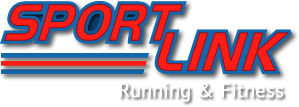
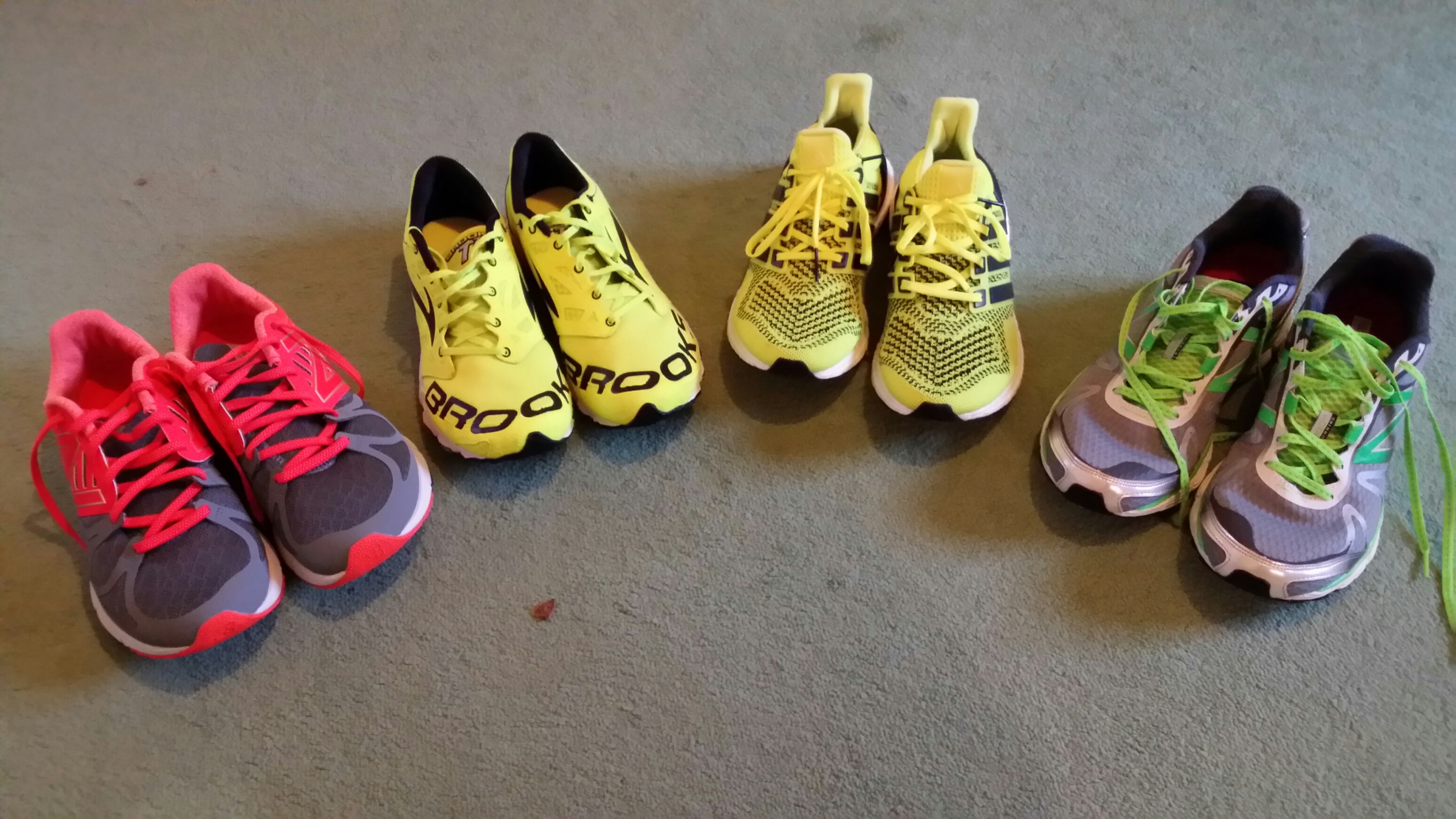
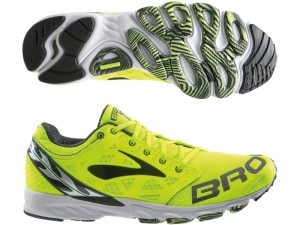
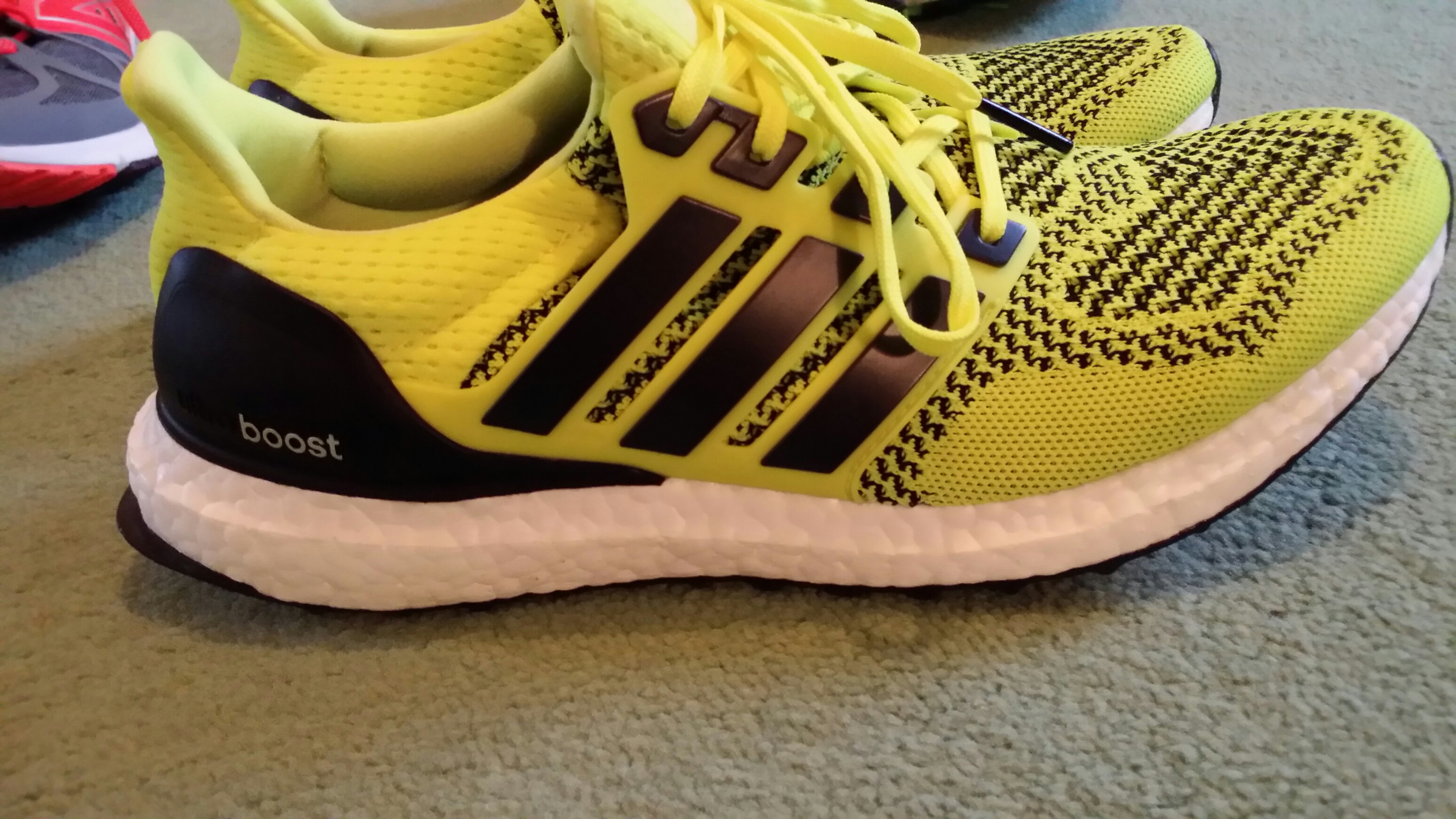
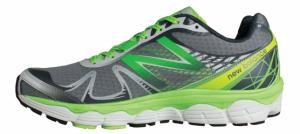
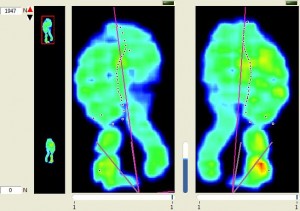
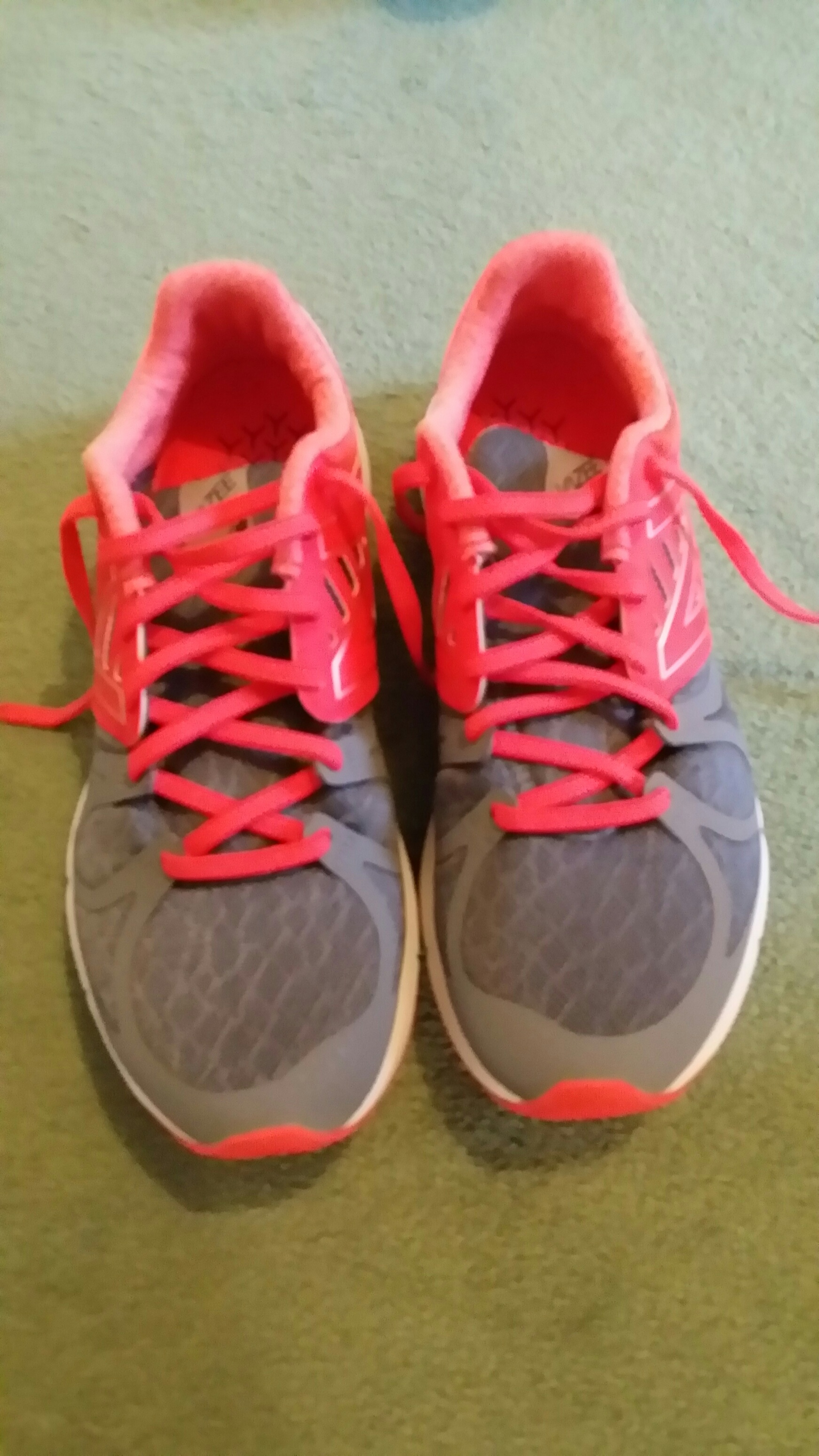
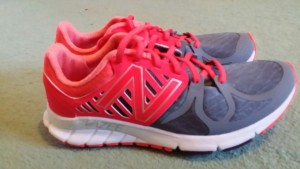
Excellent review Iain….and as always Sportlink Running & Fitness Specialists are very proud to be associated with a professional and thorough athlete such as yourself.
Cheers Neil – If only I could run as fast as you did!!!